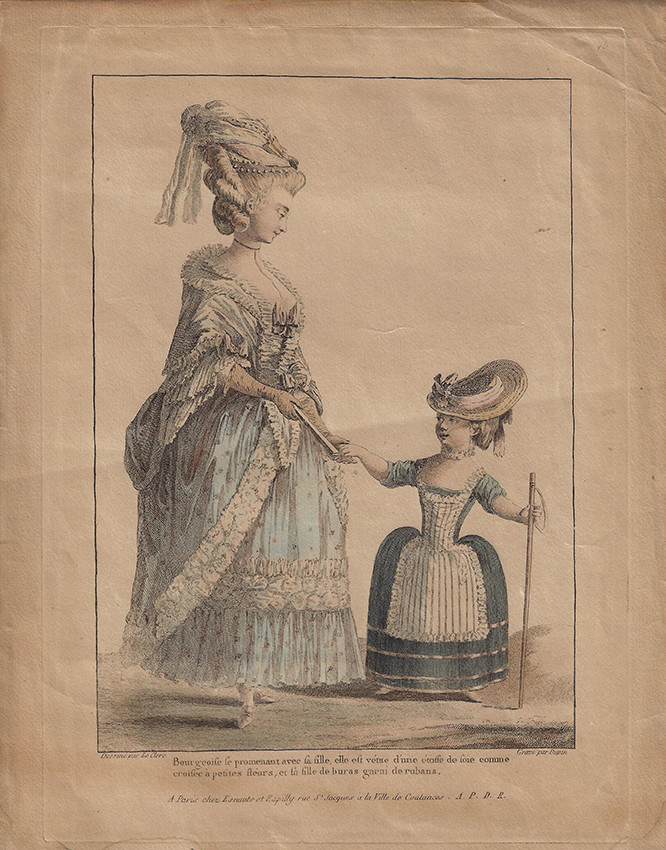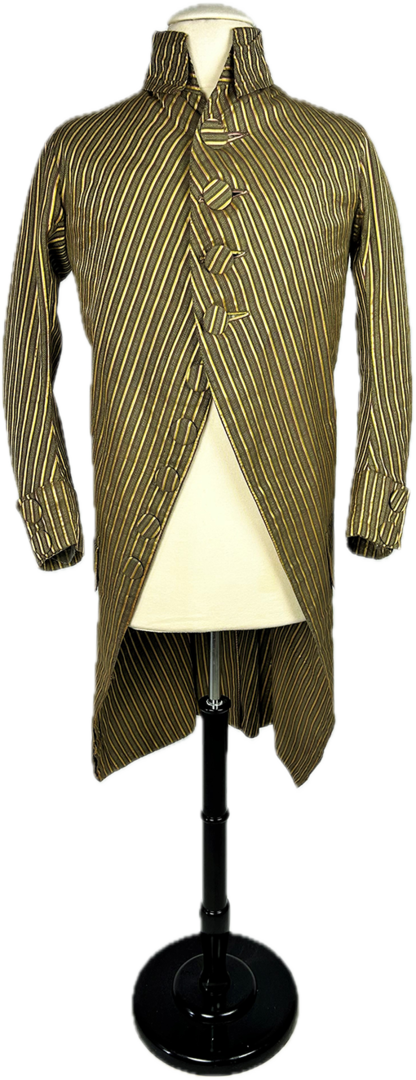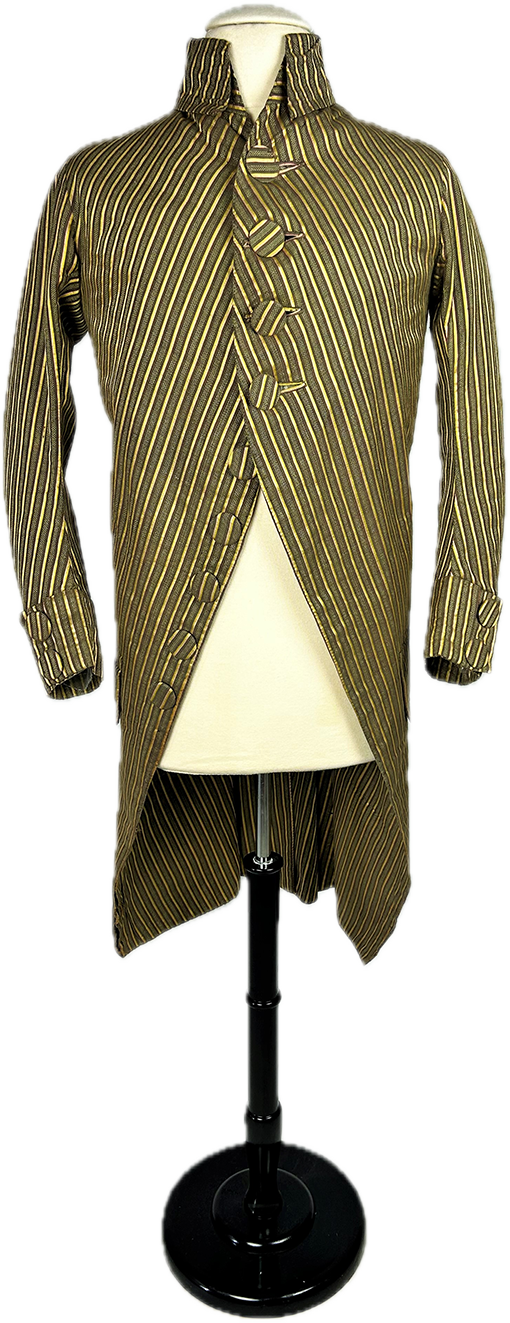France Takes the Lead
The art of silk weaving came to France from Italy, imported by French kings in the 15th and 16th centuries. Various rulers invested in sericulture, from the planting of mulberry trees and the farming of silkworms to the silk weaving workshops. However, it was only in the 17th century that French silk could rival that made in Italy, when workshops in Lyon learned how to produce figured, coloured patterned silk. By this time the Italian city states could no longer compete, having been invaded by foreign powers. France’s dominance remained unchallenged for the next three centuries, with its silks coming from Lyon.
French technical innovations transformed the silk industry, especially with the introduction of the mechanized Jacquard loom. From the 17th to the end of the 18th centuries the Lyon manufacturers prospered under royal patronage, providing furnishings, clothing, and accessories, which in turn set the fashion for the rest of Europe. The French Revolution of 1789 put an abrupt end both to royalty and to luxury fashion. But a few decades later, under Napoleon (1769-1821) and the First French Empire (1804-1814), the Lyon silk industry was again the central supplier of all types of silk, from simple monochrome to the richest brocades, depending on the tastes and whims of the royal patrons. Throughout the 19th century silk from Lyon was France’s number one export, losing its prominence only towards the end of the century.







Silk Reeling
MOCAP Visualization: GENSUBLIME
Tai Chi Performer: Master Lam Siu Mei
Silkworms spin silk to create cocoons around their own bodies. The silk is harvested by collecting these cocoons, unwinding the silk thread and reeling it onto spools in a circular motion. These spools are then attached to a loom where silk threads intersect to weave beautiful, soft silk.
In Tai Chi Kung Fu, the term ‘Silk Reeling’ is used to describe a kung fu technique and the rules of engagement for fighting. The ‘Silk Reeling’ technique is like the unwinding and then spooling of silk. Internal energy is emitted from the dantian (central core) and moves in a spiral through the waist, hips and legs, becoming the driving energy for the whole body. This technique also incorporates principles like the constant equilibrium between the states of yin and yang. The circular energy of ‘Silk Reeling’ can also be used to redirect an opponent’s counter-moves against themselves, just like wrapping them in a silk cocoon. Through this technique, the opponent’s attacking moves are restrained and tied up in a series of continuous circular movements, rendering their attack and resistance useless.
Silk Fragment
France, late 18th century
From the room of Queen Marie-Antoinette
Cream silk embroidered with polychrome threads
H. 92 cm x L. 67 cm
Nicole Kraemer Collection
Border for Queen Marie-Antoinette’s Summer Furniture
France, 1784-1786
From the Salon des Jeux, Versailles Palace Lampas in ‘Gros de Tours’ style, brocade in yellow, green, cream and black
H. 108 cm x L. 51 cm
Nicole Kraemer collection
Vest or Redingote
France, c. French Revolution 1790
Siamoise vest with thin, tri-coloured dotted stripes
Front fitted cut, skirt tail and folds behind
H. 170 x L. 60 cm
Villa Rosemaine Collection
Wall-Hanging with Dove
Made by Philippe de Lassalle for Empress Catherine II of Russia France, Lyon, Manufacture Grand Frère (?), circa 1773
Embroidered apricot silk with polychrome silk
Raspberry satin lampas, embroidered polychrome silk
L. 273 cm x W. 60 cm
Villa Rosemaine Collection
Slit Tapestry (kesi) with Dragons Chasing Flaming Pearls
Jin-Yuan dynasties, c. 13th century
Silk, gold and silver threads
H. 59.7 cm x L. 31.1 cm
Chris Hall Collection









